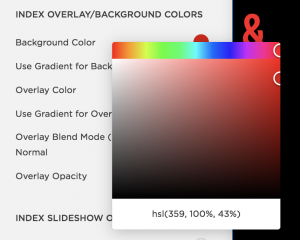Still Life (RGB-AV A) from Casey REAS on Vimeo.
Casey Reas is an artist who observes art through a technological and contemporary lense through coding, software, installations, and prints. As one of the creators of Processing, Reas has expressed interest in software and programming for artistic application starting from his undergraduate days. All of his works illustrate his interest in the intersection between technology and art, and his Still Life (RBG-AV A) and Still Life (HSB A)/Still Life (HSB B), created with custom written software, have caught my attention in particular. I am intrigued by the way technology is implemented to portray something that seems so primitive. The visuals of the pieces convey an aesthetic resembling to that of computers made in the early 2000’s or even before, with pixelated and “glitchy” visuals. Reas has taken visuals that occur as a result of technological imperfection and appropriated that into generative artwork and makes viewers begin to appreciate the beauty of the digital realm. His use of colors also further strengthen the sense of primitive technology, and he portrays a realistic rendering of such aesthetic. One thing that I thought he could’ve developed further upon was bringing technology into the experience of his video pieces such as his Still Life (RBG-AV A). As the sensory experiences also contribute to the presentation of his artwork, it would be interesting to see him play around with the technology of generative audio in tandem with his generated visuals. This type of work is something that I am really interested in creating, and I would love to learn more about his process behind it.
![[OLD FALL 2018] 15-104 • Introduction to Computing for Creative Practice](https://courses.ideate.cmu.edu/15-104/f2018/wp-content/uploads/2020/08/stop-banner.png)


 sss
sss